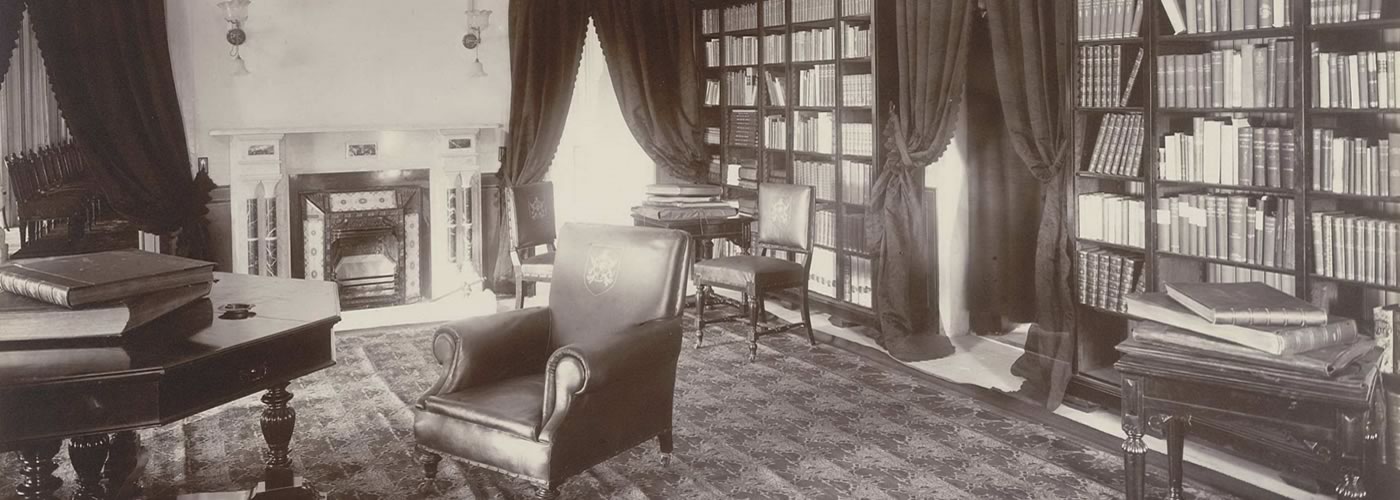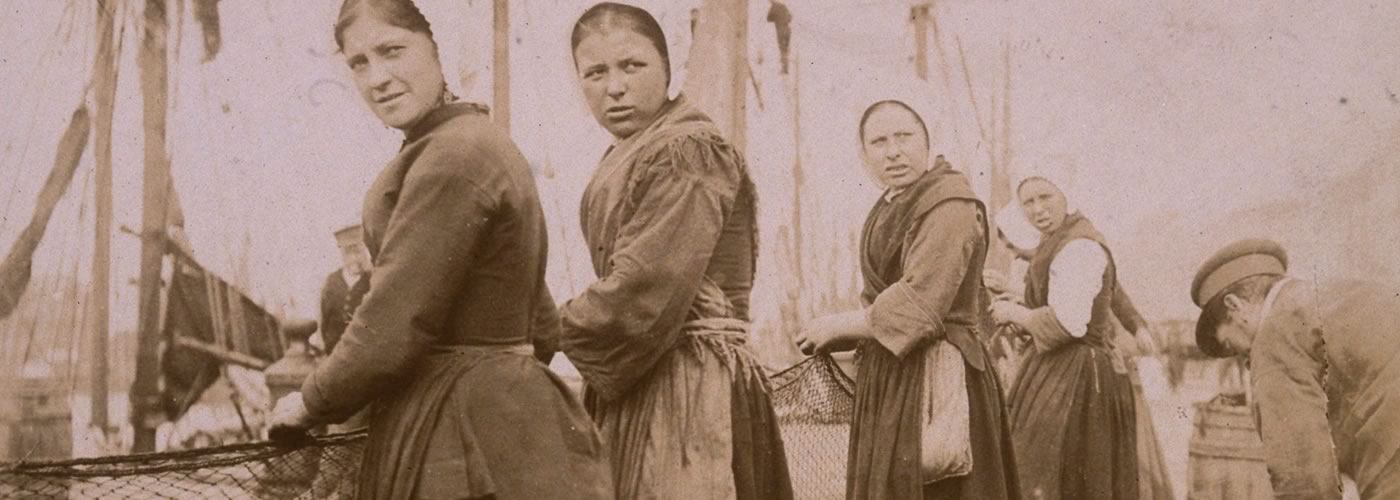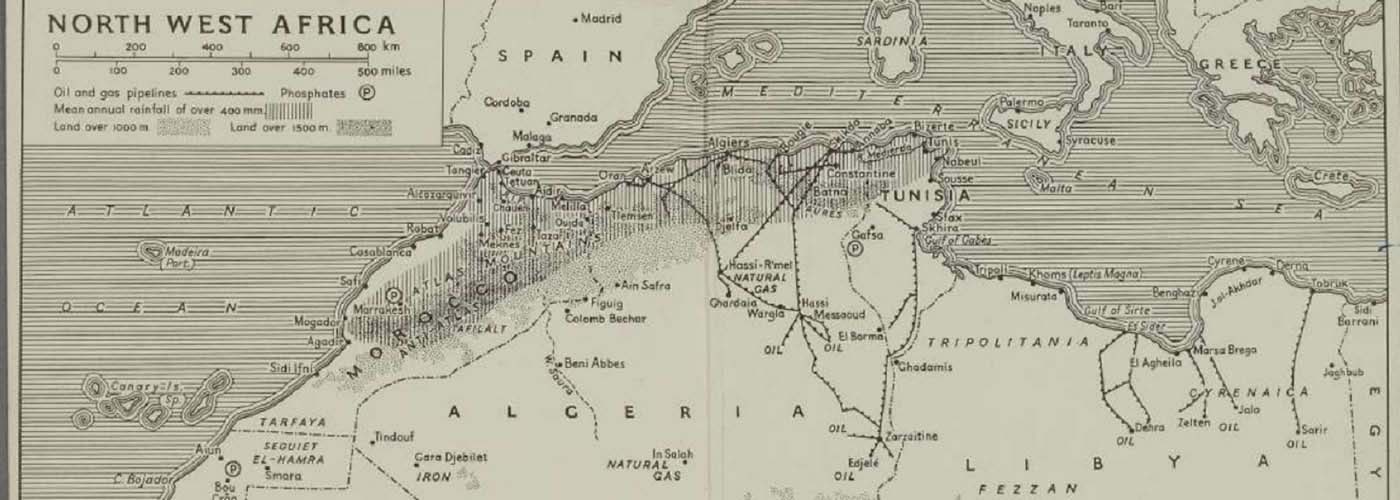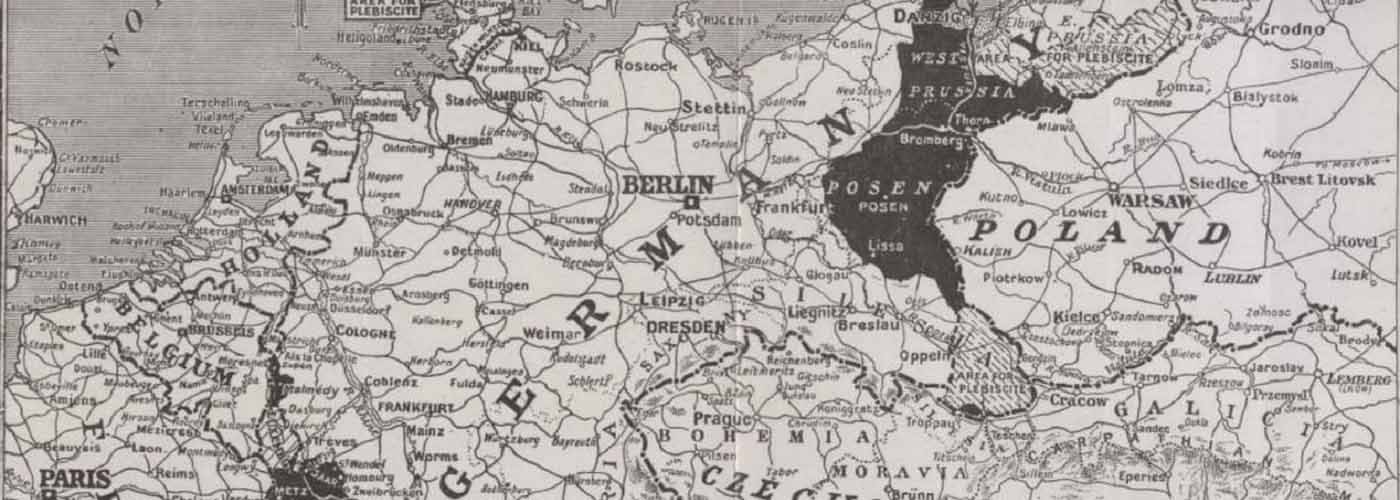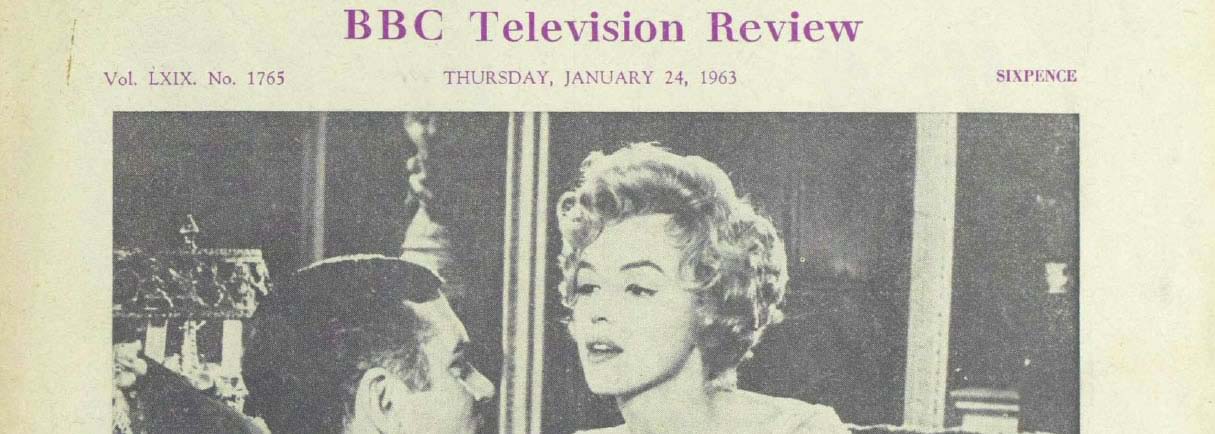Study a transformative century through descriptions and debate of its scientific and technical achievements
Nineteenth Century Collections Online: Science, Technology, and Medicine, Part II expands upon the subject coverage in Science, Technology and Medicine, Part I, with an extraordinary gathering of European and British periodicals and American monographs from renowned sources. Collections include Natural History (500,000 pages of monographs from the Huntington Library); The Rise of Public Health in England and Wales (300,000 manuscript pages from the National Archives in England); and Academies of Science Publications (two million pages of periodicals from Brill). The archive supplements other published resources (such as Making of the Modern World, Parts I & II, and Sabin Americana, 1500-1926) and supports enhanced "scientific literacy." Using the archive, scholars will be able to analyze technical and conceptual dimensions of scientific knowledge -- from physics to psychoanalysis to macroeconomics. A variety of coverage ensures an expansive, integrated, global view of science and technology from a critical era of scientific development.
The extensive collection includes a rich array of topics from leading libraries, including:
- Some 500,000 pages from the Huntington Library on zoology, botany, and earth science, focusing on the study of the atmosphere, the history of soils and agriculture, and geology and the formation of the earth. Printed works in natural history often include narratives of authors' travels, such as those by John Burroughs, William Henry Hudson, and Richard Jefferies.
- As entomological knowledge advanced, it generated an outpouring of publications featuring increasingly accurate and sophisticated illustrations, including this one hundred thousand page collection from the Bruce Peel Special Collections Library at the University of Alberta. This period left a legacy of books boasting both scientific significance and great aesthetic beauty.
- The Rise of public health in England and Wales is chronicled in some 400,000 pages from the National Archives). This collection hosts the first digitized content from Poor Law Union Correspondences. The New Poor Law of 1834 created medical districts within poor law unions to which medical officers were appointed and around which local services were built.
- Urban and rural social conditions in industrial Britainare illuminated through The Local Reports to the General Board of Health, 1848-1857, The Reports to the Local Government Board, 1869-1908, and the Journal of the Society of Medical Officers of Health, 1888-1920.
- Ideas, findings, and inventions discovered by scholars of the great Enlightenment were first published in the Transactions or Memoirs of an Academy of Science. Publications such as these provide not only a foundation source for the history of science, but also for researchers across numerous academic fields, including psychology, sociology, philosophy, linguistics, art history, and literature. The most extensive coverage spotlights Europe and North America.
FEATURED REVIEW
“The scope of this digitization project makes it a significant research resource for both scholars and undergraduates. There are several benefits to this scope: the sheer size of the collections; the geographic range including comparative materials from various cultures; and the variety of types of documents including a significant amount of unpublished material . . . . The new platform tools developed for NCCO are impressive and should be useful to scholars as well as students. These include the browse features for 'Exploring Collections,' the search within results features, text analysis tools, and sophisticated image viewing tools.”
- eDesiderata, Center for Research Libraries
Look Inside
Additional Details
subjects covered
- Science & Technology
- Agriculture
- Biology
- Chemistry
- Computer Science
- Earth Science
- Environmental Science
- Life Sciences
- Physiology
- Psychology
Support Materials
View and download these PDFs
Platform Features & Tools
Term Frequency
Researchers can see the frequency of search terms within sets of content to begin identifying central themes and assessing how individuals, places, events, and ideas interact and develop over time.
Topic Finder
By grouping commonly occurring themes, this tool reveals hidden connections within search terms—helping to shape research by integrating diverse content with relevant information.
Cross-Search Capability
Search across the materials of complementary primary source products, including books, in one united, intuitive environment, enabling innovative new research connections.
Reviews & Testimonials
“The ranges of sources of all this material boggled my mind. Yes, some of it is from mainstream publications, but so much of it was from rare, hard-to-find sources that I gained an appreciation for the time and effort it's taken to assemble these vast digitized collections.”







![Machin, Frank. The Yorkshire miners: a history by Frank Machin. Vol. 1. Barnsley: National Union of MineWorkers (Yorkshire Area), [1958].](/binaries/content/gallery/gale-us-en/banners/primary-sources/nineteenth-century-collections-online/gps_ncco_british_politics_banner.jpg)
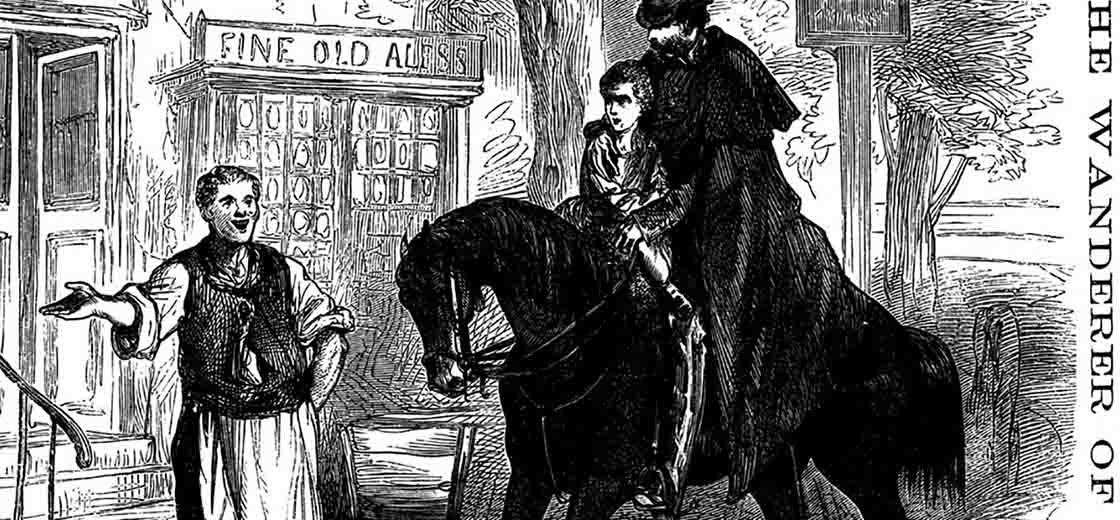
![Carroll, Lewis, and Mabel Lucie Attwell. Alice in Wonderland: by Lewis Carroll; Pictured by Mabel Lucie Attwell. London; Paris; Berlin; New York; Montreal: Raphael Tuck & Sons, Ltd., [1910?].](/binaries/content/gallery/gale-us-en/banners/primary-sources/nineteenth-century-collections-online/gps_ncco_childrens_literature_academic_banner.jpg)
